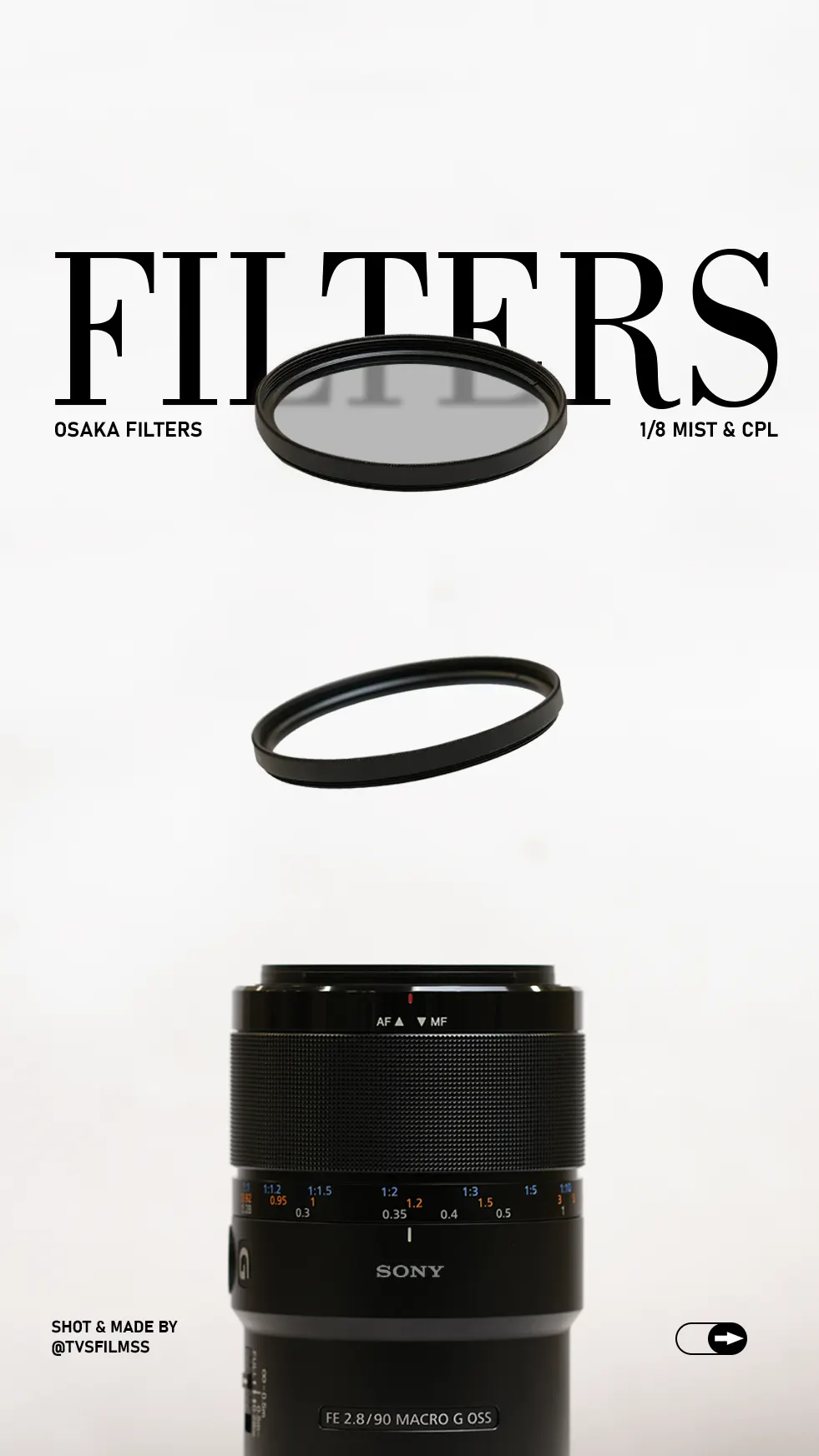One of the biggest challenges editors face when switching between editing and color grading software is maintaining their timeline structure, cuts, and clip organization without losing data. This is where XML (Extensible Markup Language) export becomes essential—it acts as a bridge between Premiere Pro and DaVinci Resolve, ensuring a smooth, accurate transition between the two programs.
Here’s why XML export is a game-changer for video editors:
1. Preserves Timeline Structure and Edits
When you export an XML file from Premiere Pro, it retains all essential edit data such as:
- Clip order and duration – Keeps your sequence intact.
- Cuts and transitions – Ensures seamless continuity.
- Multi-camera edits – Maintains multi-cam sequences.
- Basic effects and speed changes – Transfers simple adjustments.
Instead of manually rebuilding your timeline in DaVinci Resolve, XML lets you import everything in just a few clicks, saving time and effort.
2. Maintains Color and LUT References
While Premiere Pro’s Lumetri Color adjustments don’t always transfer perfectly, XML helps preserve:
- Log color space information – So you can properly color grade in Resolve.
- Applied LUTs (Look-Up Tables) – As long as they are available in Resolve.
- Basic color corrections – Such as contrast, saturation, and exposure tweaks.
This ensures that when you open your project in Resolve, you can start grading with a solid base, rather than having to manually reapply color settings.
3. Supports High-Resolution and RAW Media
One of the biggest advantages of using DaVinci Resolve for color grading is its superior handling of RAW and high-resolution footage (e.g., Blackmagic RAW, RED RAW, ProRes RAW). While Premiere Pro may struggle with large files, Resolve is optimized for these formats, and XML ensures that:
- Original media links correctly – No need for proxies or re-importing clips.
- Metadata is carried over – Keeping resolution, frame rates, and aspect ratios intact.
- High bit-depth color data is preserved – Ensuring a smooth workflow for HDR and cinematic grading.
4. Allows a Round-Trip Workflow
Once you’ve color-graded your footage in Resolve, you can export a new XML file to bring your project back into Premiere Pro for final adjustments, adding VFX, or audio mixing. This ensures a non-destructive workflow, where you:
- Edit in Premiere Pro.
- Export XML to DaVinci Resolve for color grading.
- Export graded clips and bring them back into Premiere Pro for final touches.
🏆 Final Thoughts
Using XML to transfer projects between Premiere Pro and DaVinci Resolve eliminates the hassle of rebuilding timelines or losing essential edits. It allows for a seamless, efficient workflow, letting editors take advantage of Premiere Pro’s editing tools and DaVinci Resolve’s professional-grade color correction without compromise.
If you’re ready to integrate this workflow into your projects, check out my full tutorial where I guide you step by step on exporting an XML from Premiere Pro and importing it into DaVinci Resolve! 🎬🔥






